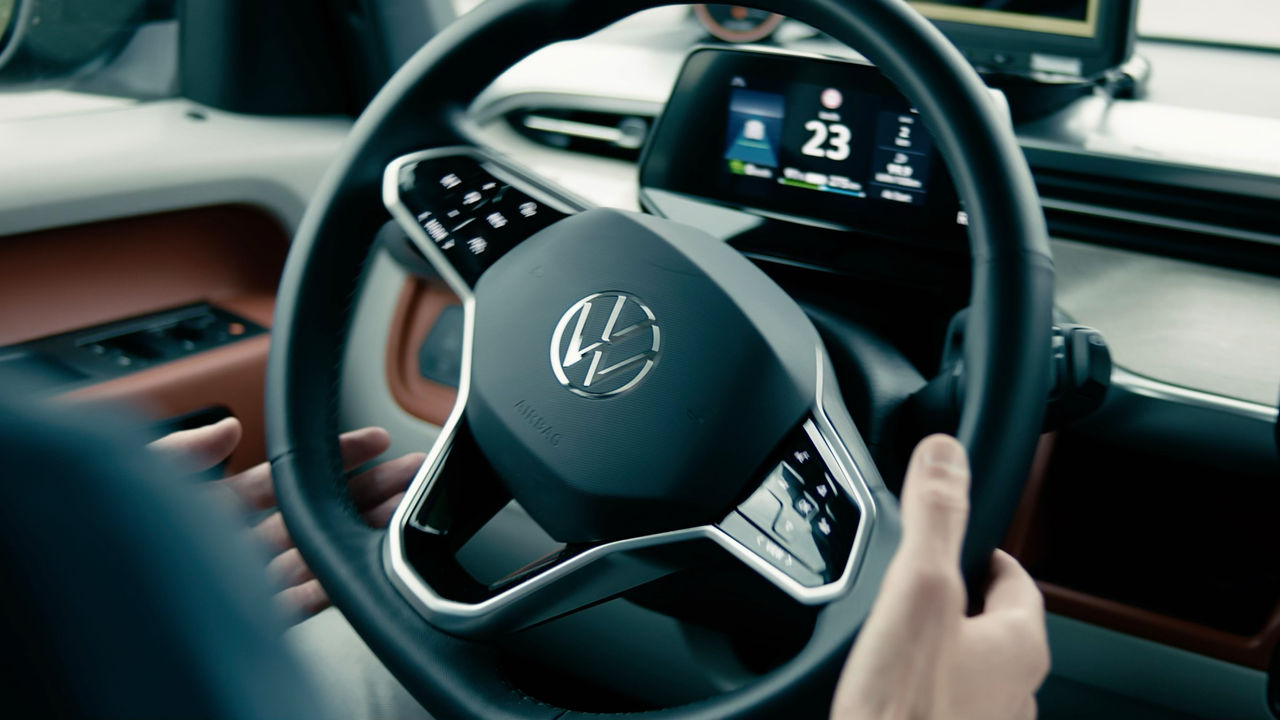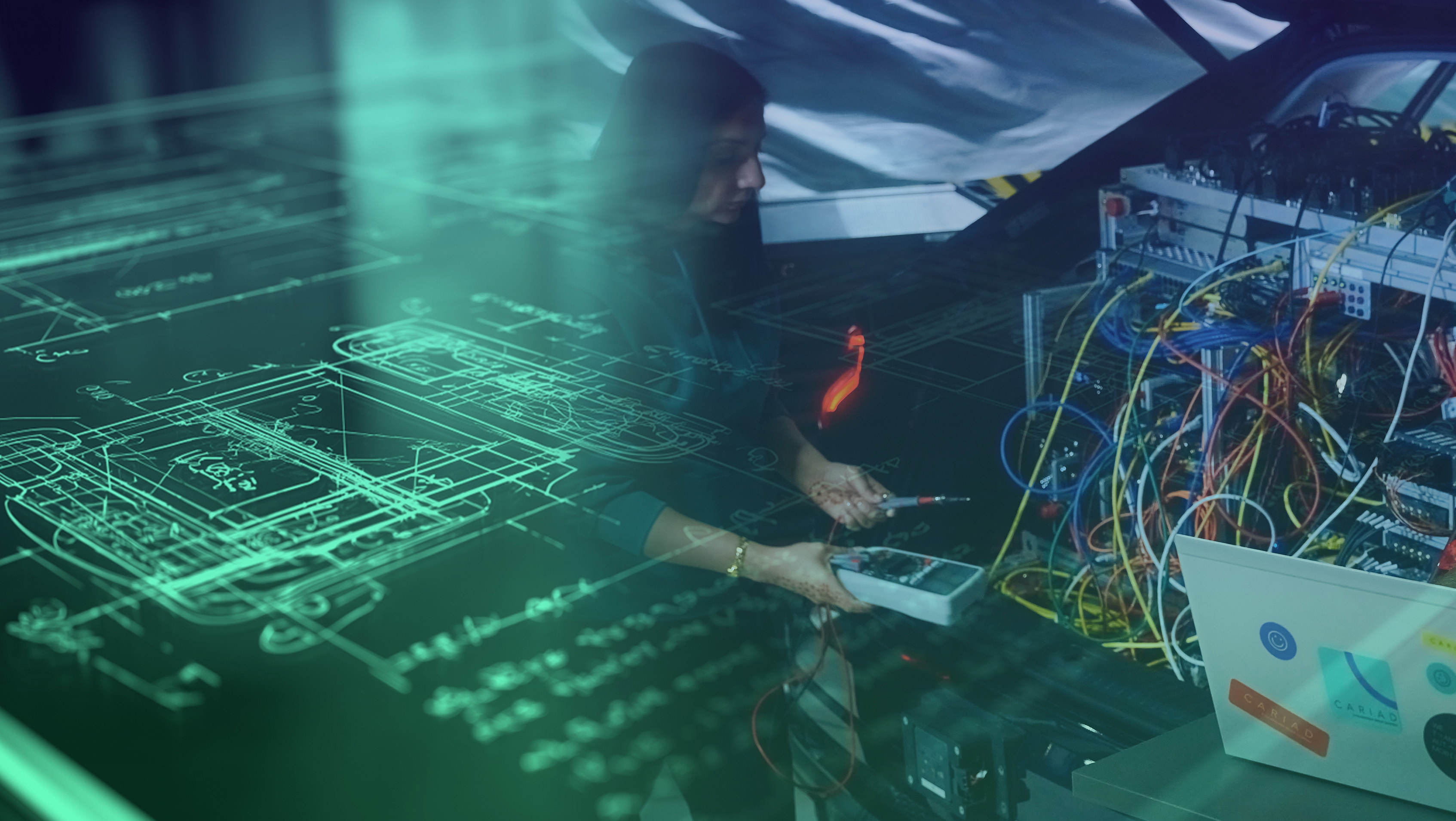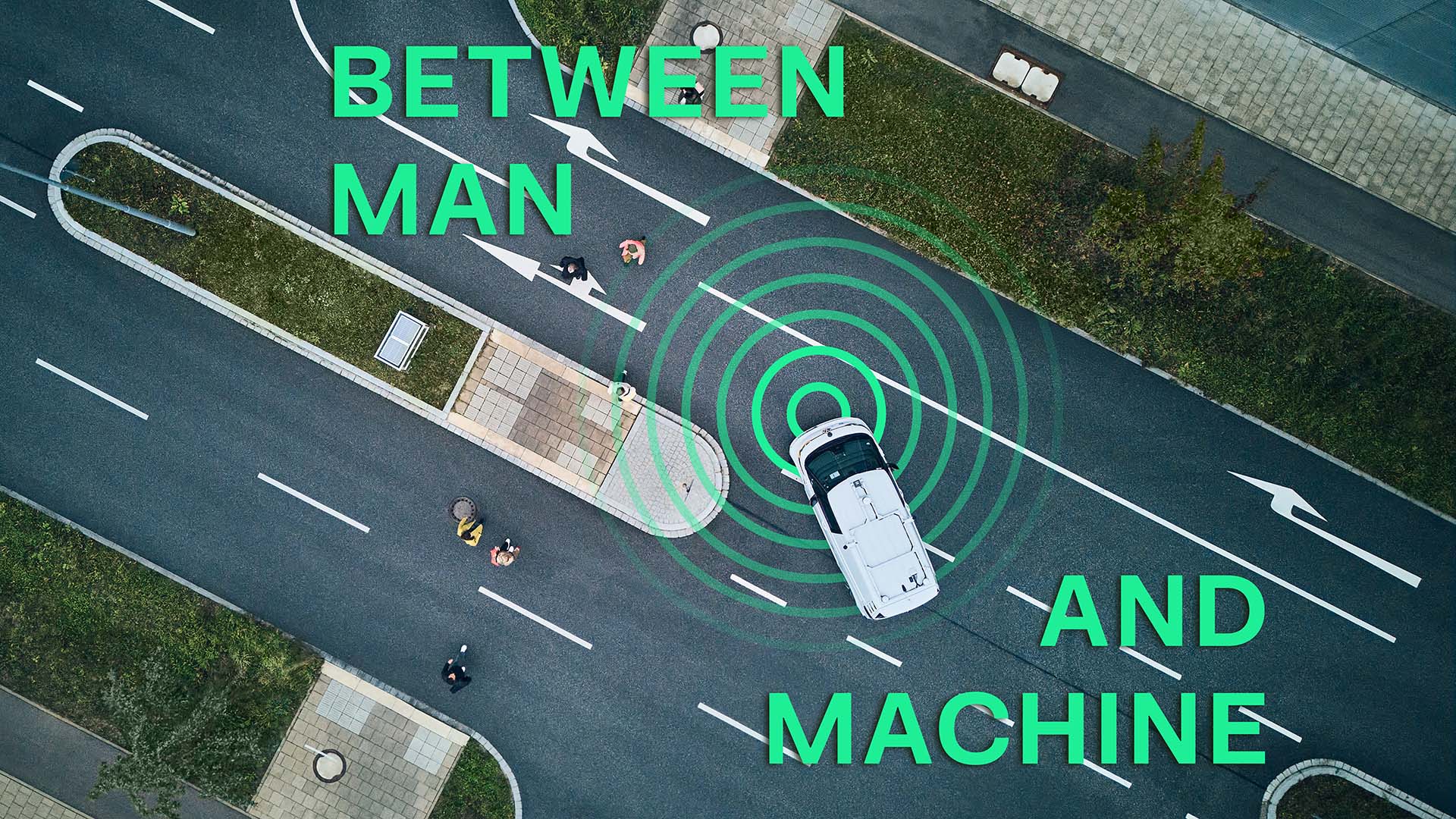ADAS for all: Moving automation into the mainstream
How can OEMs balance affordable ADAS technology with reliable functionality for the mass market? We at CARIAD say: with scalable platforms, AI-powered intelligence, strategic partnerships, and a relentless focus on user trust and safety.

Democratizing automated driving is one of the automotive industry’s biggest challenges. Yet the shift is underway: automation is no longer a luxury—it’s becoming a must-have. As innovation accelerates and customer expectations rise, manufacturers must find ways to deliver safe, intuitive, and cost-effective ADAS solutions across all segments.
From Premium to Mainstream
To bring automated driving to the mainstream, car manufacturers must rethink their approach. For the Volkswagen Group, which sells over nine million vehicles annually worldwide, scalable software platforms are key. Developing unified software stacks across vehicle segments and even brands, reduces complexity, lowers costs, and accelerates deployment without sacrificing performance.
That’s why CARIAD pursues a global approach to automated driving, executed with the right partners for each region. This allows for flexibility in adapting to regional regulations and customer expectations, while maintaining a consistent technological foundation.
Making automation feel human
By collaborating with tech leaders like Bosch, Horizon Robotics, and Qualcomm, CARIAD combines deep automotive expertise with cutting-edge computing and AI capabilities. Artificial Intelligence is redefining how vehicles perceive and respond to the world.
Traditional rule-based systems are being replaced by AI-driven models that learn from human behavior, resulting in smoother, more natural driving experiences. AI also enables real-time decision-making at the edge, reducing latency and improving safety, especially in critical driving scenarios.
Trust and safety are the new currency
Customer trust is the key to making automated driving a widespread reality. That means systems must not only work reliably but also communicate clearly. Especially at Level 3 automation, where the driver may disengage, the system must explain its actions and behave predictably. Human-machine interfaces play a vital role in building this trust. They must be designed to mimic human behavior and provide clear feedback, helping users feel confident and in control.
While AI opens new possibilities, it must be treated as a safety-critical technology. Systems must meet rigorous standards for security, reliability, and homologation. This balance between innovation and responsibility is essential for long-term success and customer acceptance.
Global vision, local execution
With millions of vehicles on the road worldwide, OEMs must adapt their strategies to local conditions. Regional partnerships, regulatory alignment, and cultural understanding are key to successfully deploy automated driving. This flexibility ensures that ADAS solutions are not only technically sound but also relevant and accepted by local customers.
The balancing act of high-tech, affordability and safety was also discussed in a panel at IAA during Volkswagen Group’s Auto x Software Summit. You can find the recording below.

Ooops. Sorry, we can’t play this video
If you want to watch it on YouTube, please click here .
If you want to see the film here, please accept our marketing cookies:




